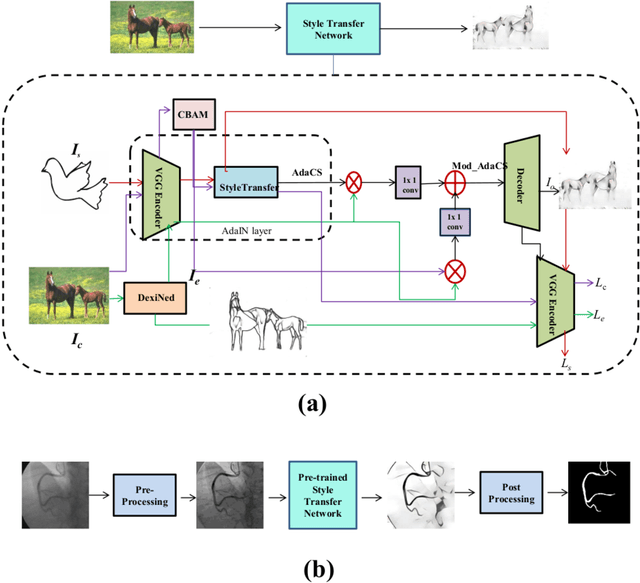Supriti Mulay
Position Paper: Building Trust in Synthetic Data for Clinical AI
Feb 04, 2025Abstract:Deep generative models and synthetic medical data have shown significant promise in addressing key challenges in healthcare, such as privacy concerns, data bias, and the scarcity of realistic datasets. While research in this area has grown rapidly and demonstrated substantial theoretical potential, its practical adoption in clinical settings remains limited. Despite the benefits synthetic data offers, questions surrounding its reliability and credibility persist, leading to a lack of trust among clinicians. This position paper argues that fostering trust in synthetic medical data is crucial for its clinical adoption. It aims to spark a discussion on the viability of synthetic medical data in clinical practice, particularly in the context of current advancements in AI. We present empirical evidence from brain tumor segmentation to demonstrate that the quality, diversity, and proportion of synthetic data directly impact trust in clinical AI models. Our findings provide insights to improve the deployment and acceptance of synthetic data-driven AI systems in real-world clinical workflows.
Early Detection of Retinopathy of Prematurity stage using Deep Learning approach
Sep 03, 2021Abstract:Retinopathy of Prematurity (ROP) is a fibrovascular proliferative disorder, which affects the developing peripheral retinal vasculature of premature infants. Early detection of ROP is possible in stage 1 and stage 2 characterized by demarcation line and ridge with width, which separates vascularised retina and the peripheral retina. To detect demarcation line/ ridge from neonatal retinal images is a complex task because of low contrast images. In this paper we focus on detection of ridge, the important landmark in ROP diagnosis, using Convolutional Neural Network(CNN). Our contribution is to use a CNN-based model Mask R-CNN for demarcation line/ridge detection allowing clinicians to detect ROP stage 2 better. The proposed system applies a pre-processing step of image enhancement to overcome poor image quality. In this study we use labelled neonatal images and we explore the use of CNN to localize ridge in these images. We used a dataset of 220 images of 45 babies from the KIDROP project. The system was trained on 175 retinal images with ground truth segmentation of ridge region. The system was tested on 45 images and reached detection accuracy of 0.88, showing that deep learning detection with pre-processing by image normalization allows robust detection of ROP in early stages.
* Accepted in SPIE Medical Imaging 2019
Style Transfer based Coronary Artery Segmentation in X-ray Angiogram
Sep 03, 2021



Abstract:X-ray coronary angiography (XCA) is a principal approach employed for identifying coronary disorders. Deep learning-based networks have recently shown tremendous promise in the diagnosis of coronary disorder from XCA scans. A deep learning-based edge adaptive instance normalization style transfer technique for segmenting the coronary arteries, is presented in this paper. The proposed technique combines adaptive instance normalization style transfer with the dense extreme inception network and convolution block attention module to get the best artery segmentation performance. We tested the proposed method on two publicly available XCA datasets, and achieved a segmentation accuracy of 0.9658 and Dice coefficient of 0.71. We believe that the proposed method shows that the prediction can be completed in the fastest time with training on the natural images, and can be reliably used to diagnose and detect coronary disorders.
 Add to Chrome
Add to Chrome Add to Firefox
Add to Firefox Add to Edge
Add to Edge